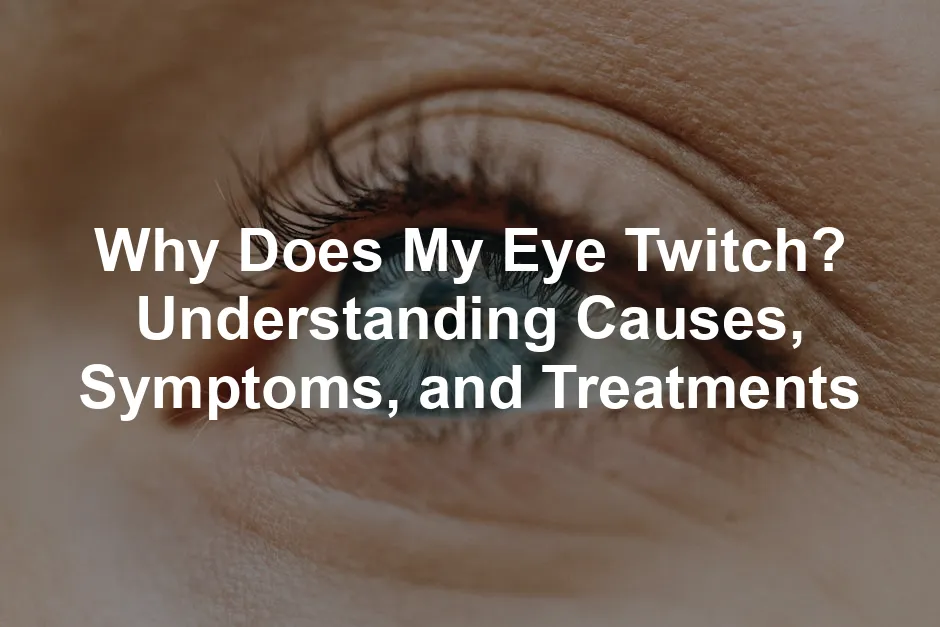
Why Does My Eye Twitch? Understanding Causes, Symptoms, and Treatments
Introduction
Have you ever experienced an unexpected twitch in your eye? You’re not alone! Eye twitching, or eyelid spasms, is quite common. Most people see it as a harmless annoyance. However, understanding its underlying causes is essential. Sometimes, it can signal a more serious health issue. Let’s explore this phenomenon further.
Summary and Overview
Eye twitching refers to involuntary movements of the eyelid muscles. It can occur in different forms, such as eyelid myokymia or blepharospasm. Common triggers for eye twitching include stress, fatigue, and excessive caffeine consumption. While most cases are benign and resolve on their own, persistent twitching could indicate an underlying condition. If your eye twitching lasts longer than a week or interferes with daily life, it’s wise to consult a healthcare professional for evaluation.
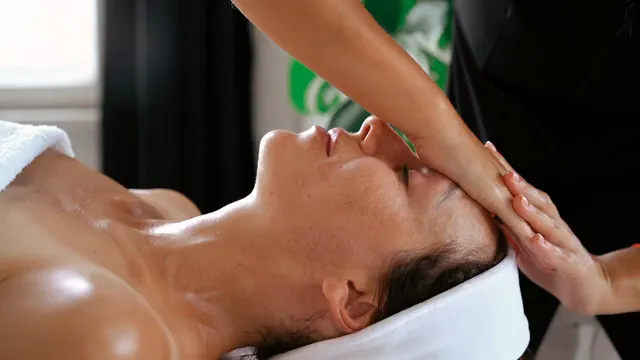
To help alleviate dry eyes, consider using eye drops for dry eyes. They can provide instant relief and keep your eyes moist, which is essential when dealing with symptoms of twitching.
Understanding the causes of eye twitching can help you manage the condition better. Learn more about why we feel stressed in modern society.
What is Eye Twitching?
Eye twitching is defined as involuntary spasms of the eyelid muscles. It can affect either the upper or lower eyelids, and may sometimes involve facial muscles. The most common types include eyelid myokymia, which causes mild, sporadic twitches, and blepharospasm, characterized by more severe, sustained contractions.
Statistics show that approximately 5-10% of the general population experiences eye twitching at some point in their lives. Symptoms can vary, ranging from mild twitches that last a few seconds to more intense spasms lasting minutes or hours. Duration and frequency can depend on individual triggers, such as stress, lack of sleep, or eye strain. Most twitches are painless but can be bothersome. If you notice persistent eye spasms, it’s essential to seek medical advice for proper assessment.
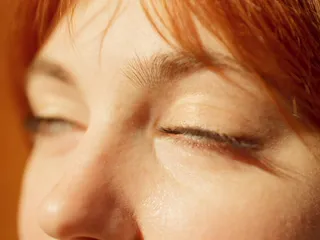
In addition to professional help, a herbal tea variety pack can be a soothing addition to your routine. Sipping on calming teas can help ease stress and contribute to overall relaxation.
Common Causes of Eye Twitching
Stress and Anxiety
Stress is a significant factor in eye twitching. When you’re stressed, your body reacts with muscle tension. This tension can cause the eyelid muscles to spasm involuntarily. To combat this, consider trying relaxation techniques. Deep breathing, meditation, or yoga can help. Even a short walk outdoors can ease your mind. Incorporating these practices into your daily routine may reduce eye twitching and improve overall well-being. Remember, taking time for yourself is crucial.
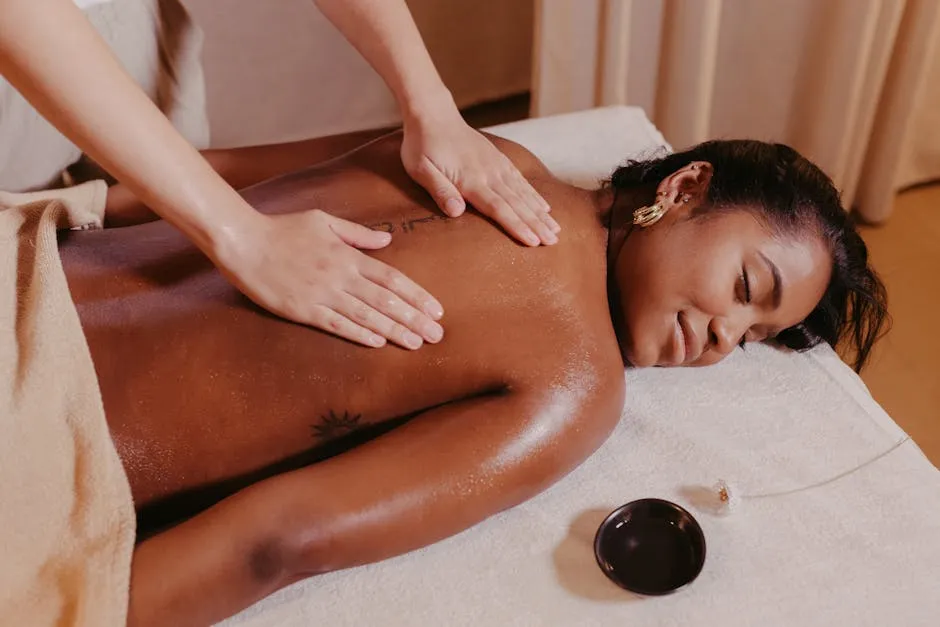
Speaking of relaxation, having a essential oil diffuser can enhance your relaxation environment. A few drops of lavender or chamomile oil can transform your space into a serene haven!
Fatigue and Sleep Deprivation
Lack of sleep can lead to muscle spasms, including in your eyelids. When you’re tired, your body struggles to function normally, and your muscles may react unpredictably. To enhance your sleep hygiene, establish a consistent bedtime routine. Aim for seven to nine hours of sleep each night. Creating a calming environment, such as dimming the lights and limiting screen time before bed, can make a big difference. Prioritizing sleep helps your body recover and reduces twitching.
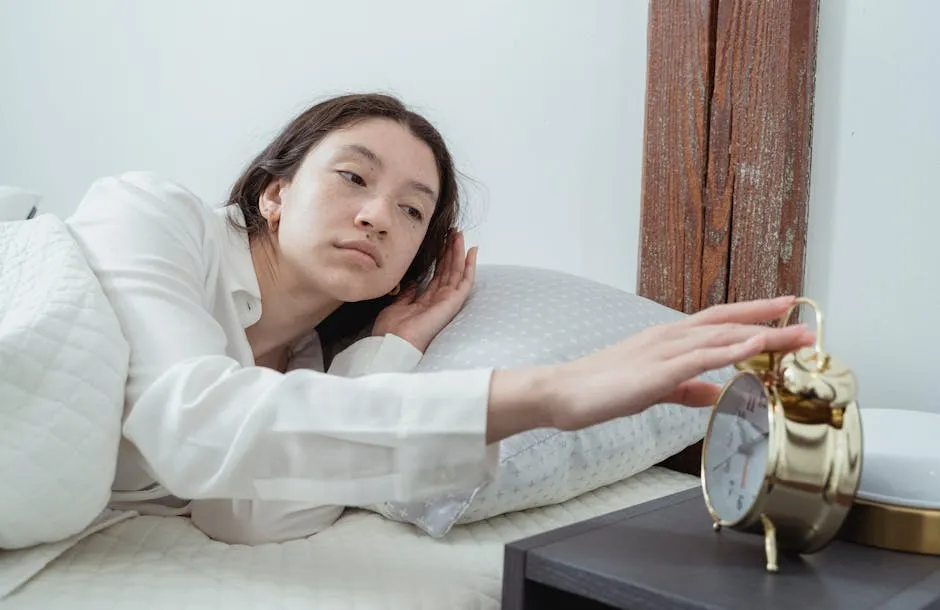
Investing in a sleep mask for better sleep can also help block out light and create a more restful environment. It’s a small investment for a big improvement in your sleep quality!
Caffeine and Stimulants
Caffeine is a common trigger for eye twitching. As a stimulant, it can cause your muscles to contract more frequently. If you consume significant amounts of coffee, tea, or energy drinks, consider cutting back. Reducing your caffeine intake can significantly decrease twitching episodes. Instead, try herbal teas or decaffeinated beverages. Moderation is key, and your eyelids will thank you for it!

Learn about the impact of caffeine on health and why you should avoid it after certain procedures in our article on why no caffeine after PRP.
Eye Strain and Irritation
Prolonged screen time can lead to eye strain, causing twitching. This often happens when we stare at screens for too long without breaks. Environmental factors, like bright lights or dry air, can worsen the irritation. To reduce eye strain, follow the 20-20-20 rule: every 20 minutes, look at something 20 feet away for 20 seconds. Additionally, adjusting your screen brightness and using artificial tears can help keep your eyes comfortable. Keep your eyes happy and healthy!

Another great way to combat eye strain is to use an eye strain relief screen protector. It can significantly reduce glare and protect your eyes during those long hours in front of a screen.
Nutritional Deficiencies
Certain nutritional deficiencies can contribute to muscle spasms, including magnesium deficiency. A balanced diet rich in fruits, vegetables, whole grains, and lean proteins is essential for overall health. Ensure you get enough magnesium from foods like leafy greens, nuts, seeds, and whole grains. If you suspect you’re lacking essential nutrients, consider speaking with a healthcare professional. A well-rounded diet can prevent deficiencies and support muscle function, reducing eye twitching episodes.

To support your magnesium intake, magnesium supplements can be a great addition to your routine. They can help alleviate muscle tension and improve overall muscle function.
Types of Eye Twitching
Eyelid Myokymia
Eyelid myokymia is a common type of twitching. It usually occurs in the lower eyelid and can feel like a mild, repetitive spasm. Stress, fatigue, or excessive caffeine often trigger this condition. Typically, these twitches last from a few seconds to several minutes and usually resolve without treatment. If you find yourself experiencing this type of twitch frequently, consider taking breaks from screens and reducing caffeine intake. Most cases are harmless, but persistent twitching may warrant a doctor’s visit.
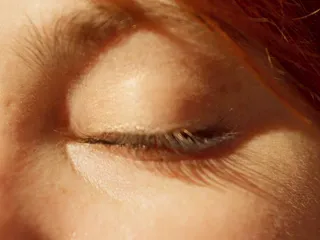
Benign Essential Blepharospasm
Benign essential blepharospasm is a more severe form of eyelid twitching. It involves involuntary contractions of both eyelids, leading to frequent blinking or complete closure. This condition can significantly impact daily activities, including reading and driving. It commonly affects women aged 40-60. Treatments may include botulinum toxin injections, which help relax the muscles, or oral medications. In some cases, surgery may be necessary for those who do not respond to other treatments. If you notice persistent blinking, consult a healthcare provider for guidance.
Hemifacial Spasm
Hemifacial spasm is a condition characterized by involuntary contractions on one side of the face, often starting with the eyelid. Unlike typical twitching, this condition can affect other facial muscles as well. It generally results from vascular compression of a facial nerve. While it can be alarming, it’s essential to understand potential causes. Treatments may include medications, botulinum toxin injections, or surgery to relieve pressure on the nerve. If you experience twitching on one side of your face, it’s crucial to seek medical advice for proper evaluation.
When to Seek Medical Advice
While most eye twitching episodes are harmless, some symptoms warrant a doctor’s visit. If your eye twitching lasts more than a week, it’s time to consult a healthcare professional. Other concerning signs include twitching that affects other facial muscles or interferes with your vision. If you experience eyelid drooping or persistent discomfort, don’t hesitate to seek help. During your appointment, your doctor will review your medical history and may perform a physical examination of your eyes. They might also ask about your lifestyle and any medications you take to identify potential triggers. Early evaluation can help address possible underlying conditions.

Treatment Options for Eye Twitching
Home Remedies
Many eye twitching cases can improve with simple lifestyle changes. Begin by ensuring you get enough rest. A regular sleep schedule is vital for muscle recovery. Managing stress through relaxation techniques can also help. Consider practicing yoga or meditation to calm your mind. Staying hydrated and maintaining a balanced diet rich in fruits and vegetables supports overall health. Reducing caffeine and alcohol intake may lessen twitching episodes. Applying a warm compress to your eyes can soothe irritation. Remember, self-care plays a significant role in managing eye twitching effectively.

For added comfort, try using a warm compress eye mask. It can help reduce irritation and provide a soothing effect after a long day.
Medical Treatments
For persistent eye twitching that doesn’t respond to home remedies, medical interventions may be necessary. One common treatment is botulinum toxin injections, which can temporarily paralyze the muscles responsible for twitching. These injections typically last for several months. In some cases, oral medications may also help relax the muscles. For severe or unresponsive cases, surgical options like myectomy might be considered. This procedure involves removing some eyelid muscles to alleviate twitching. If you experience ongoing issues, consult your doctor to discuss the best treatment plan for you.
Prevention Strategies
Preventing eye twitching often starts with lifestyle adjustments. Prioritize stress reduction techniques, like deep breathing or yoga. These methods can help relax your muscles and ease tension. Adequate sleep is also crucial. Aim for 7-9 hours each night to help your body recover.

Additionally, maintain a balanced diet rich in nutrients. Foods high in magnesium, like nuts and leafy greens, support muscle function. Stay hydrated; dehydration can lead to muscle spasms, including twitching. Lastly, monitor your caffeine intake. Limiting stimulants can significantly reduce the frequency of eye twitches.

Consider adding a herbal stress relief supplement to your routine. These can help soothe your nerves and keep stress levels in check.
Implement these strategies to promote overall eye health and reduce twitching episodes.
Conclusion
In summary, eye twitching is usually a benign condition. It often stems from stress, fatigue, or lifestyle choices. Most episodes resolve without treatment. However, if twitching persists or worsens, it’s essential to consult a healthcare provider. They can help determine if there’s an underlying issue that needs addressing. Remember, taking care of your eyes is a vital part of your overall health. Don’t hesitate to reach out for medical advice if needed.
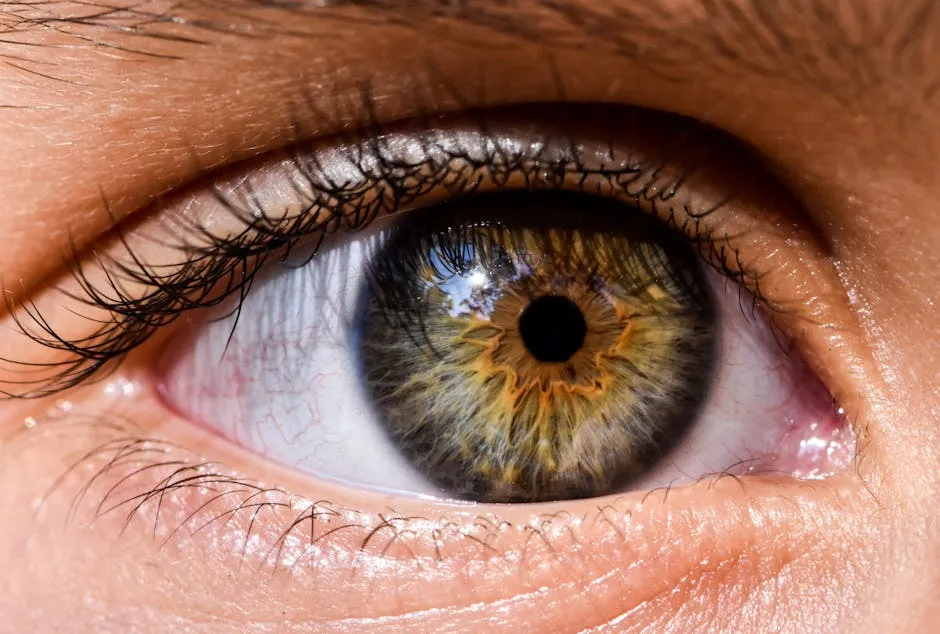
For those cozy nights in, a soft throw blanket can be your best friend. Perfect for wrapping up and enjoying a good book while you relax!
Please let us know what you think about our content by leaving a comment down below!
Thank you for reading till here 🙂
All images from Pexels




